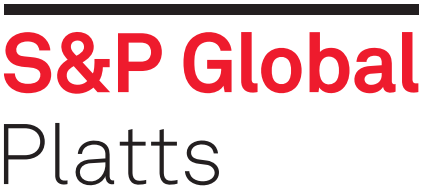
The European Commission is proposing a number of changes in the EU steel import tariff quota system, according to a notification to the World Trade Organization dated May 29.
The notification does not mention reduction of the actual quotas set earlier but instead suggests changes focused on making the import flow more evenly spread out between quarters and protecting some of the smaller export countries from being crowded-out from the residual quota by bigger countries.
The adjustments are resulting from the earlier review of the existing tariff-rate quota system following substantial changes in market circumstances.
“Nobody could foresee…the COVID-19 pandemic could make the world economy suddenly plunge in the most severe recession since at least the global financial crisis of 2009. The magnitude and sharpness of the economic shock has been brutal in terms of output, fixed investment, lay-offs, and demand,” the EC stated.
The EC singled out hot-rolled coil and sheet, proposing bringing back the country-specific quotas after a period of the global quota in place. Those countries are Russia, Turkey, India, South Korea and Serbia. A cap of 30% share will nevertheless continue applying to the use of the residual quota in the fourth quarter to prevent crowding-out effects.
The first general adjustment suggested in the notification moves all country-specific quotas from annual to quarterly in order to ensure “a more stable flow of imports and minimize the risk of undue import surge during the remaining duration of the measures,” as stated in the notification document.
“The good thing is that some quantity is allocated for each quarter so the Turkish [rebar] quota won’t be gone in the first two months and then quiet for 10 months. But on the other hand, there will be more speculation and there is only a quarter available as of July 1 so this is going to put out a lot of uncertainty whether you import in time because the allocation will be lower. Everyone will try to get the material in the first 2-3 weeks. If the yearly quota [starting July 1] for Turkey was 300,000 mt you could assume that it was safe to import in July and August but now it is not gonna be like that,” a European rebar importer commented.
The second adjustment is meant to ensure that the smaller exporting countries, which use the global quotas, are not crowded out by those exporters enjoying country-specific quotas. In addition to keeping the unlimited access to the residual quotas in some product categories the EC proposes new restrictive regimes for certain products.
The first regime, bans exporters of organic coated sheets, non-alloy wire rod, gas pipes and cold-finished bars, with country-specific quotas, from using the residual volumes entirely during the quarter ending June 30, 2021.
The second regime limits the access to the residual quota for country-specific exporters during that quarter to only those volumes exceeding the average quota used by the smaller supplying countries during the four quarters. This would apply to stainless hot-rolled plates, merchant bars and light sections, rebar, stainless bars and stainless light sections, stainless wire rod, hollow sections, seamless stainless tubes and pipes and non-alloy wire.
Another suggestion by the EC is to split the large welded tubes category into two, separating those used in large engineering projects from those that are not. This measure is proposed to ensure the availability of large tubes for any large-scale engineering project in the EU.
The proposed changes, if adopted, should be in place starting July 1 but after a consultation period through June 11.
— Wojtek Laskowski




